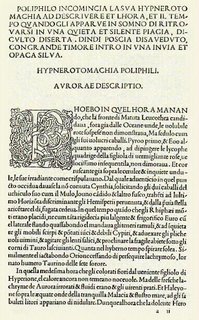Rule of Four
 I was pleasantly surprised by this book, particularly when the little blurb on the front cover (books I read tend not to have such blurbs at all) made a reference to the Da Vinci Code suggesting that this might be for those who love that article. I'm not being gratuitously snobbish about Da Vinci as I did try it (people were talking about it and a recent overseas expedition had revealed it to be the book most commonly carried by backpackers) but within three pages I could go no further. So, I wasn't really excited to be told who the Rule of Four was for, although there was another blurb (a whole lineup of them to be honest) inside the front cover suggesting that this was Da Vinci for the intelligent reader.
I was pleasantly surprised by this book, particularly when the little blurb on the front cover (books I read tend not to have such blurbs at all) made a reference to the Da Vinci Code suggesting that this might be for those who love that article. I'm not being gratuitously snobbish about Da Vinci as I did try it (people were talking about it and a recent overseas expedition had revealed it to be the book most commonly carried by backpackers) but within three pages I could go no further. So, I wasn't really excited to be told who the Rule of Four was for, although there was another blurb (a whole lineup of them to be honest) inside the front cover suggesting that this was Da Vinci for the intelligent reader.Anyway, I was given this book to read by Siob and she's nice, so since I couldn't really say "not my thing" without hurting her feelings , at least trying to read it seemed to be the gentlemanly thing to do. And, well, I liked it. We had some recognisable characters, we had some back story, some relationship between them and a degree of character development. We even had a bit of narrative complexity, with some flashback to reveal how the characters were currently situated, and the prose is very knowing about other literature: it was totally in character for the very smart guys who were at the centre of this story.
Above all, we had a cracking good yarn about an ancient text, the Hypnerotomachia Poliphili,
 which actually exists and about which there is a degree of academic controversy regarding the identity of its author. This controversy was rehearsed in the Rule of Four but a further claim was made about it: its author had contained a coded second story within the primary text, a story which after five hundred years had yet to be decoded. Academic careers had been made and unmade over this book. Finally, a couple of grad students at Princeton are breaking it, but there are those who want the credit for that and will stop at nothing to ensure they get it. Of course, the code is cracked and the good guys win, there is no surpise there.
which actually exists and about which there is a degree of academic controversy regarding the identity of its author. This controversy was rehearsed in the Rule of Four but a further claim was made about it: its author had contained a coded second story within the primary text, a story which after five hundred years had yet to be decoded. Academic careers had been made and unmade over this book. Finally, a couple of grad students at Princeton are breaking it, but there are those who want the credit for that and will stop at nothing to ensure they get it. Of course, the code is cracked and the good guys win, there is no surpise there.One thing the novel does quite well is simply get inside of the mind of the student at the more geeky end of the scale, the sort of student who will skip meals and a social life in order to pursue the possibilities presented by their work - which here is given the same sort of seductive quality that the ring has in Lord of the Rings. For someone who has never had the opportunity to attend a school like Princeton, it also provided some sort of glimpse into life there.
Labels: Books


1 Comments:
Now that's a definition of gentlemanly behaviour of which I approve, far better than the ritualistic opening of doors or pulling out of chairs.
Post a Comment
Subscribe to Post Comments [Atom]
<< Home